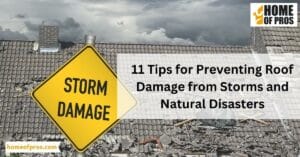A roof ridge is the highest point on a roof, forming a horizontal line where two roof slopes meet. Serving both functional and aesthetic purposes, it plays a crucial role in shedding water, allowing ventilation, and providing a finished look to a home’s exterior. Regular maintenance of this pivotal roofing component ensures long-lasting protection against the elements.
Roofs, more than just a shelter over our heads, comprise intricate components working together to safeguard our homes. At the helm of this architectural marvel is the roof ridge, the apex where two sides of a roof converge. This pivotal peak does more than just crown our homes; it deftly channels water away, ensures optimal ventilation, and gracefully completes the aesthetic tableau of our abodes.

Importance of Roof Ridges in Home Construction
In the architectural symphony of home construction, the roof ridge stands out as an unsung hero. Beyond its commanding presence at the apex, it diligently channels water away from the structure, acting as the first line of defense against leaks. Its design also fosters crucial ventilation, letting homes breathe by warding off moisture buildup, a common culprit for mold and structural decay.
And not to be sidelined, the aesthetic allure of the roof ridge cannot be overstated; it serves as a defining feature, granting roofs a polished and cohesive appearance that adds to the home’s overall curb appeal.
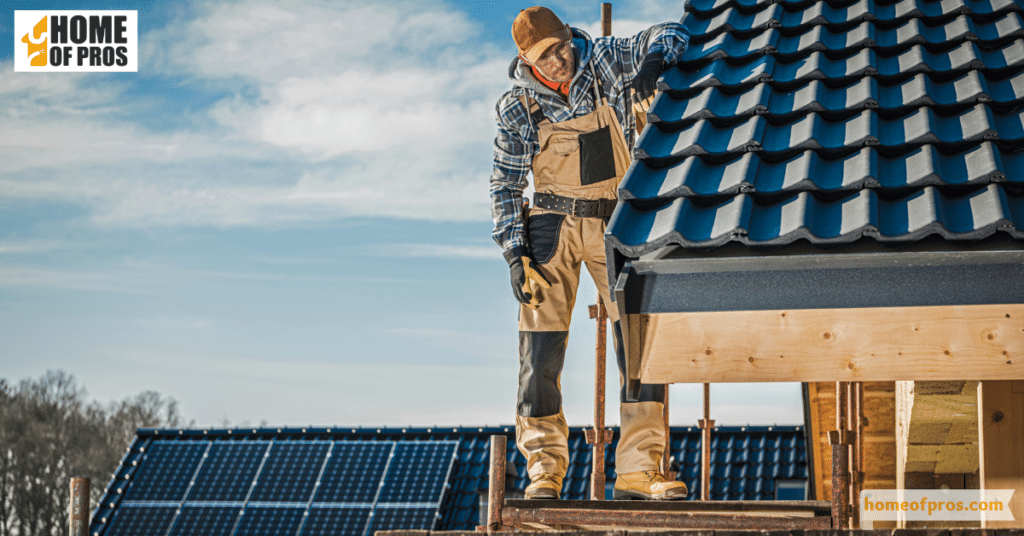
Different Types of Roof Ridges
When you look at a house, the roof often stands out as a significant feature, and atop these roofs, ridges play both aesthetic and functional roles. Let’s delve into the various types of roof ridges that not only define the silhouette of our homes but also play crucial roles in their safety and ventilation.
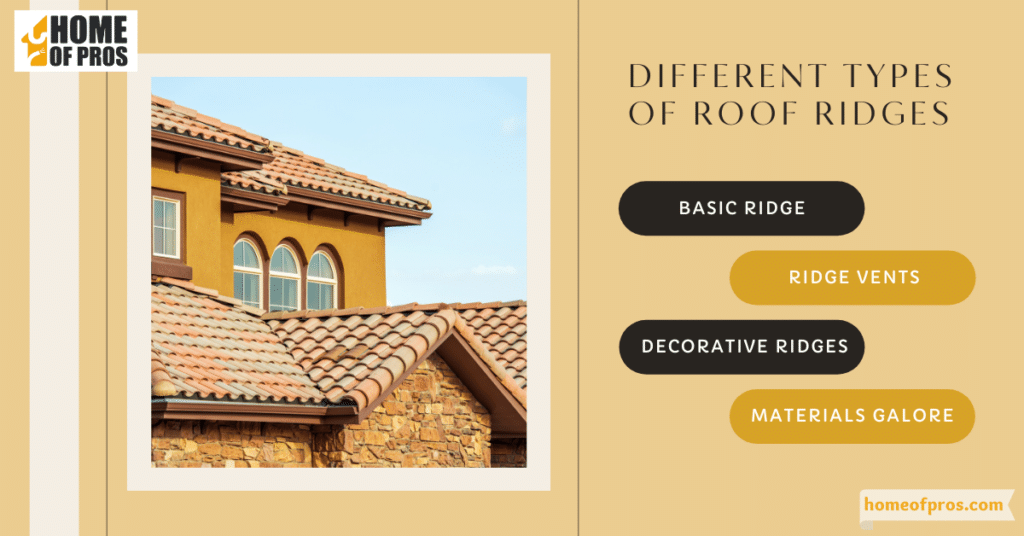
- Basic Ridge: The unsophisticated summit of a roof, presenting itself as the junction where two roof surfaces converge without any embellishments.
- Ridge Vents: These are strategically incorporated at the roof’s apex, ensuring optimal ventilation by allowing homes to breathe, and keeping unwanted moisture and excessive heat at bay.
- Decorative Ridges: Transforming functionality into art, these ridges are adorned with elements such as ridge tiles or finials, adding an architectural flair to homes.
- Materials Galore: Roof ridges can be crafted from a diverse range of materials, including the enduring metal, timeless shingles, or the rustic charm of clay tiles, each offering its unique touch and durability.
In essence, roof ridges, often unnoticed, serve as the crowning jewels of our homes. Their design and material choices not only dictate the aesthetic appeal but also ensure a home remains well-ventilated and protected against the elements.
The Anatomy of a Roof Ridge
The roof ridge, often perceived as just the apex of a home, is far more intricate in its design and function than one might initially believe. Diving deeper into its anatomy, we unveil the layers and elements that come together in a symphony of structural soundness and functionality.
1. Structural Aspects
At the core of the roof ridge lies the union of rafters, the sloping beams that hold up the roof. These rafters converge at the topmost point, giving birth to the ridge. To fortify this junction, a ridge board is often placed, serving as a backbone, lending strength and ensuring the rafters meet at the desired angle, creating a stable and secure roof structure.
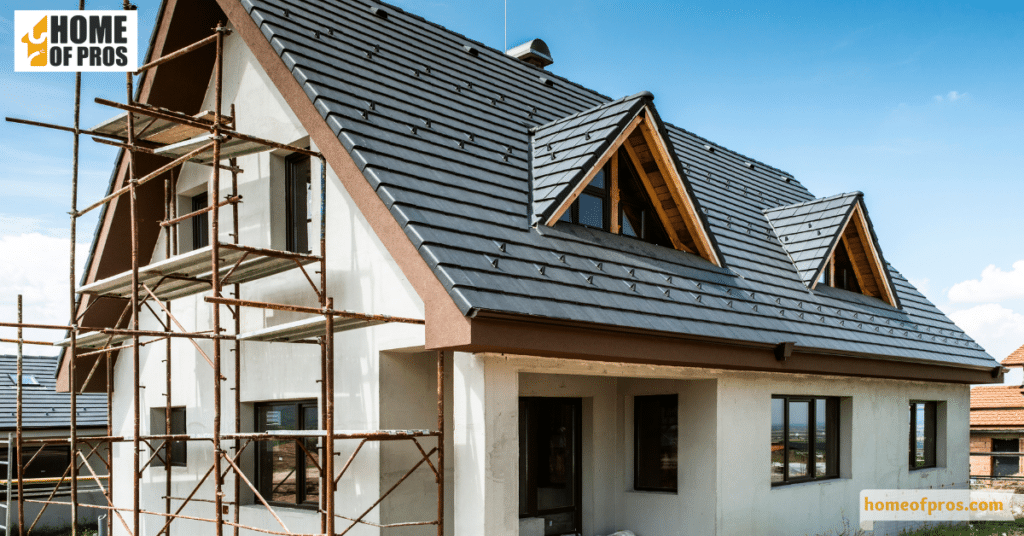
2. Sealing the Ridge
Nature is relentless, and the ridge, being the highest point of a roof, faces the brunt of the elements. To counter this, ridges are meticulously sealed to prevent any water ingress or elemental damage. This is achieved using ridge caps or ridge tiles. Acting like a protective shield, these components overlap the junction where the two sides of the roof meet, ensuring a watertight seal and enhancing the roof’s overall aesthetics.
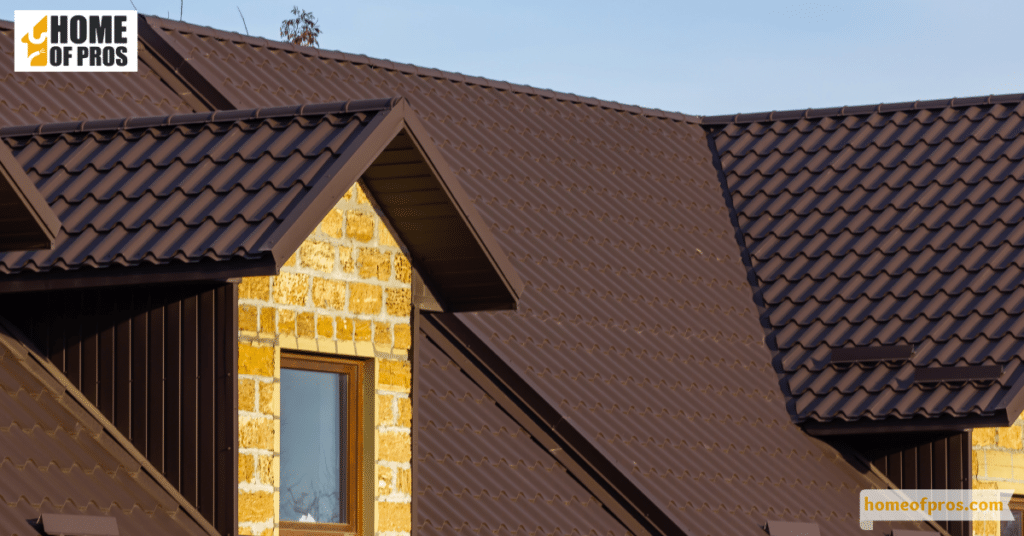
3. Ventilation at its Peak
The importance of ventilation in roofing cannot be understated. Given its elevated position, the ridge becomes an ideal location for integrating ventilation systems. Ridge vents, as they’re commonly called, are discreetly embedded at the ridge, allowing for hot air to escape and cooler air to be drawn in from the eaves. This system not only regulates the attic temperature but also prevents moisture buildup, ensuring the longevity of the roof and the comfort of the home’s interiors.
In essence, the roof ridge is a marvel of architectural engineering. Seamlessly blending structure, protection, and ventilation, it stands as a testament to the foresight and meticulous planning that goes into creating homes that are both beautiful and resilient.
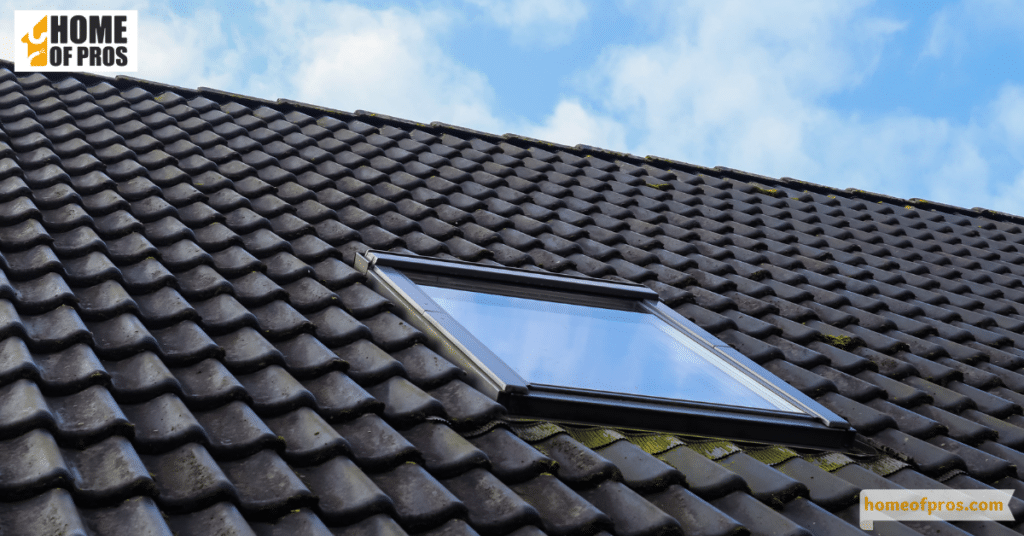
Roof Ridge Maintenance and Common Issues
The roof ridge, standing tall at the zenith of our homes, is constantly exposed to the whims of nature. Just as it performs vital functions, it’s equally imperative to understand the wear and tear it undergoes and the maintenance required to ensure its longevity and effectiveness.

- Weather Woes: The ridge, given its elevated status, faces the full force of varying weather conditions. High-speed winds can stress and potentially damage the sealing materials. Prolonged exposure to rain can cause water seepage if the ridge isn’t adequately sealed.
- The Need for Regular Inspections: Like any architectural element exposed to the elements, the roof ridge benefits significantly from regular check-ups. Routine inspections, ideally before and after extreme weather seasons, can preemptively identify vulnerabilities, ensuring timely interventions that keep bigger, costlier issues at bay.
- Spotting Common Problems: Over time, even the most sturdily built ridges can show signs of wear and tear. Cracked ridge tiles, often a result of thermal expansion or physical impacts, can become gateways for water ingress. Strong winds or improper installations can lead to dislodged ridge caps, compromising the seal.
- Maintenance and Seeking Expertise: Basic upkeep includes clearing any debris from the ridge area, especially the vents, and ensuring there’s no visible damage after major weather events. While minor issues like clearing vent blockages can often be a DIY task, more significant concerns like cracked tiles or dislodged caps warrant the expertise of roofing professionals.
The roof ridge, though robust, requires attentive care. Regular inspections, understanding of common issues, and timely interventions, whether DIY or professional, ensure that this paramount feature of our homes remains steadfast and effective through the seasons.
Conclusion
The roof ridge, often overlooked, plays a silent yet pivotal role in safeguarding our homes. It’s more than just an architectural peak; it’s the culmination of design, functionality, and protection. Understanding its intricacies, from its anatomy to potential vulnerabilities, emphasizes the significance of regular maintenance and care. By giving it the attention it deserves, homeowners can ensure that their houses remain both aesthetically pleasing and resilient against nature’s challenges.












